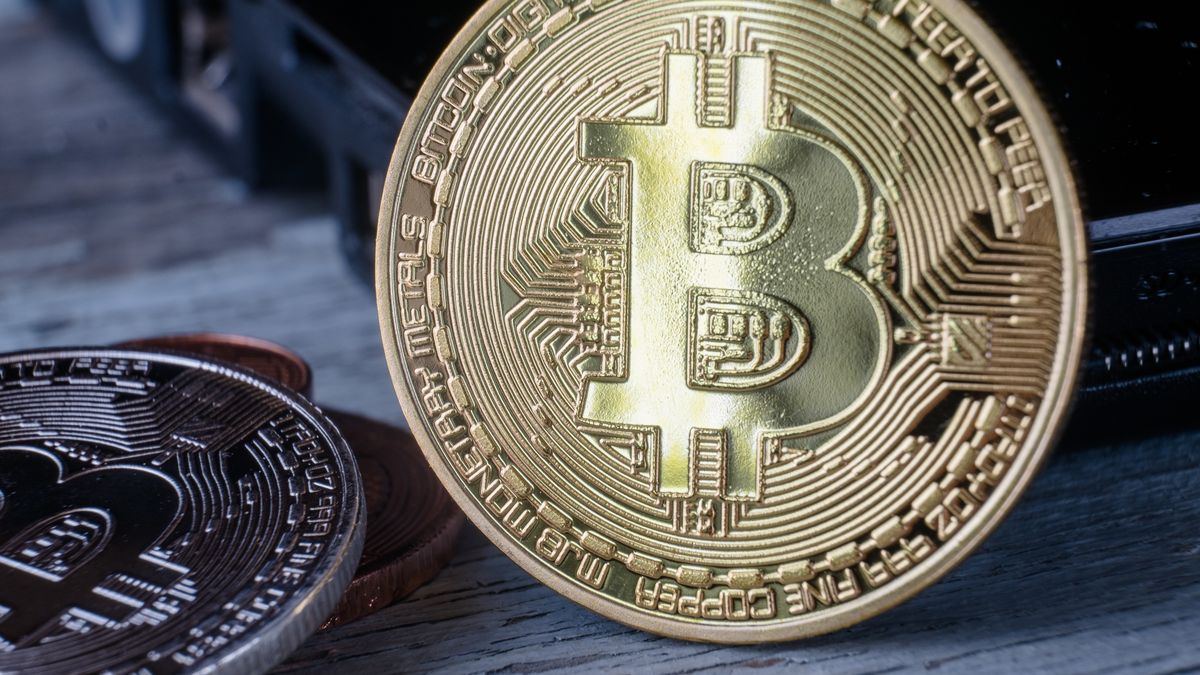The uncertainty that was generated last week in the US banking system and that spread incipiently this week to Europe had its impact on the price of bitcoin which rose 30% in just three days going from close to 20 thousand dollars to more than 26 thousand dollars, to later roll back its value again.
The escalation in the price gave rise to various theories. The bitcoin maximalists understood that the rise occurred because the banking crisis with the consequent fiscal and inflationary cost definitively reaffirms the decrepit nature of the traditional financial systemwith bitcoin being the natural refuge from the intrinsic fragility of centralized public entities -central banks- and private entities -commercial banks-.
From another angle, those who analyze the flows that navigate the crypto markets assure that to the genuine initial impulse in the price was added an artificial push due to forced coverage purchases that had to be made by large operators who had bet on an imminent price drop (called in financial jargon “short position”) when the price was around $20,000
However, the explanation of the volatility and resilience that the star asset of the crypto universe has shown over these years can be found in deep economic, social and cultural factors.
On the one hand, the very high degree of global adoption and its recurring resurgence after experiencing various difficulties show that bitcoin has been one of the most successful global projects in recent decades. Arisen from the brilliance of Satoshi Nakamoto (whoever is the real author who signed the embryonic document of this asset in 2008 with that name), the combination of a secure technology (blockchain), with an orthodox economic format of limited emission (based on conceptually in the so-called Austrian economic school) combined with economic incentives for its operation (remuneration for the so-called miners to validate the operations through the resolution of complex mathematical puzzles) created an asset that despite having no additional support than its own design it was capturing the interest, imagination, greed and savings of hundreds of millions of people around the planet.
Even some countries such as El Salvador or (more recently the Central African Republic declaratively) have established bitcoin as legal tender.
Possibly its high degree of adoption is also supported by the frustration of cross-sections of the population at the lack of public policy responses to economic and social difficulties that a large part of modern societies face and in the gigantic technological advance mounted on the Internet with the consequent development of social networks and the immediacy in the dissemination of information.
In this context, the possibility of owning an asset built with a logic different from the traditional one outside the state radar, and of being able to quickly make (almost) anonymous, border and cross-border transfers from a mobile phone or a personal computer 24 hours a day day 7 days a week was a tool that empowered, seduced and continues to attract an important part of the world population.
The magnitude of this phenomenon captured the interest of entrepreneurs from all over the planet who were building a diverse infrastructure based on platforms (exchanges) where they could buy or sell these assets, creating original products (smart contracts, fungible and non-fungible tokens, cryptocurrencies -supposedly -stable) and technological solutions that facilitated the massive entry of millions of individuals into an innovative, vibrant and modern ecosystem.
However, and despite the factors mentioned above, the idiosyncratic characteristics of bitcoin, the actors and the contradictions that accompanied its growth generated recurring and abrupt falls in its price and a great question mark regarding its future.
First of all, bitcoin was conceived in its design as a decentralized toolwith an immutable technological base, built so that pairs operate directly without financial intermediaries and, in addition, protective against inflationary fiat currencies issued by central banks.
The reality turned out to be very different. the exponential growth of the bitcoin investor base was supported by the use of centralized platforms called exchanges, characterized by their opacity and a dangerous tendency to concentration at a global level, to carry out complex and risky operations; where numerous frauds have occurred and most of the investors do not have custody of their bitcoins or the funds they deliver to operate.
On the other hand, the hike in interest rates initiated by central banks in 2022 not only did it affect the price of traditional financial assets, but this fall was further amplified in the price of bitcoin. Contrary to its original idea, and which has re-emerged with this new banking crisis, bitcoin has shown throughout the past year to have a significant positive correlation with the usual risky financial assets of the traditional financial system that it came to challenge.
Likewise, in the secure bitcoin blockchain technological platform, only a part of the transactions that are carried out daily end up being effective, since due to its lack of scalability most of these operations are carried out outside the original blockchain with the consequent risks that this generate.
Lastly, and not to mention the scamsthe bitcoin bull cycle gave rise to a fabulous publicity machine that was developed around this product, managing to arouse interest (or the fantasy of easy profits) in millions of unsuspecting retail investors who, without further knowledge, placed their savings at prices higher than current ones.
In a world where technology is constantly changing, where large players operate in an opaque way (in the traditional system, but with greater intensity in crypto), in which States lose credibility but sharpen stricter regulations, and disenchantment in the population, predicting the price of bitcoin in the medium term is a pipe dream.
On the one hand, those who gave him up for dead several times since his birth do not blush and postpone the date of death year after year, without understanding the powerful social and political phenomenon that supports his adoption.
Those who almost religiously assure the inevitability of its future appreciation without extenuations and, for example, recommended that families mortgage their houses to buy bitcoin when its price was at $57,000 seem to be unaware of their weaknesses, the complex actors that populate this universe and the unpredictable exogenous factors that occur every day in the earthly world and affect the markets and our lives.
Former president of CNV and Professor of Crypto-assets and digital currencies Graduate University of Buenos Aires
Source: Ambito
David William is a talented author who has made a name for himself in the world of writing. He is a professional author who writes on a wide range of topics, from general interest to opinion news. David is currently working as a writer at 24 hours worlds where he brings his unique perspective and in-depth research to his articles, making them both informative and engaging.




